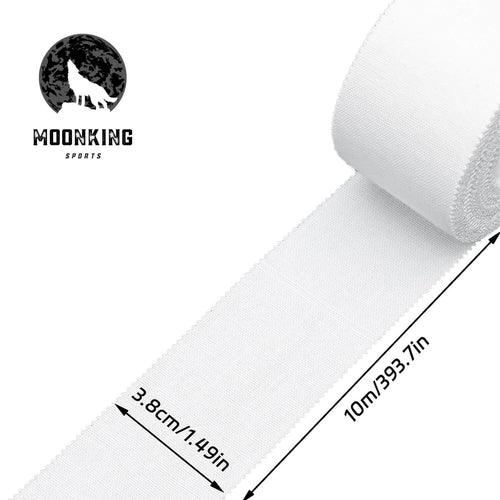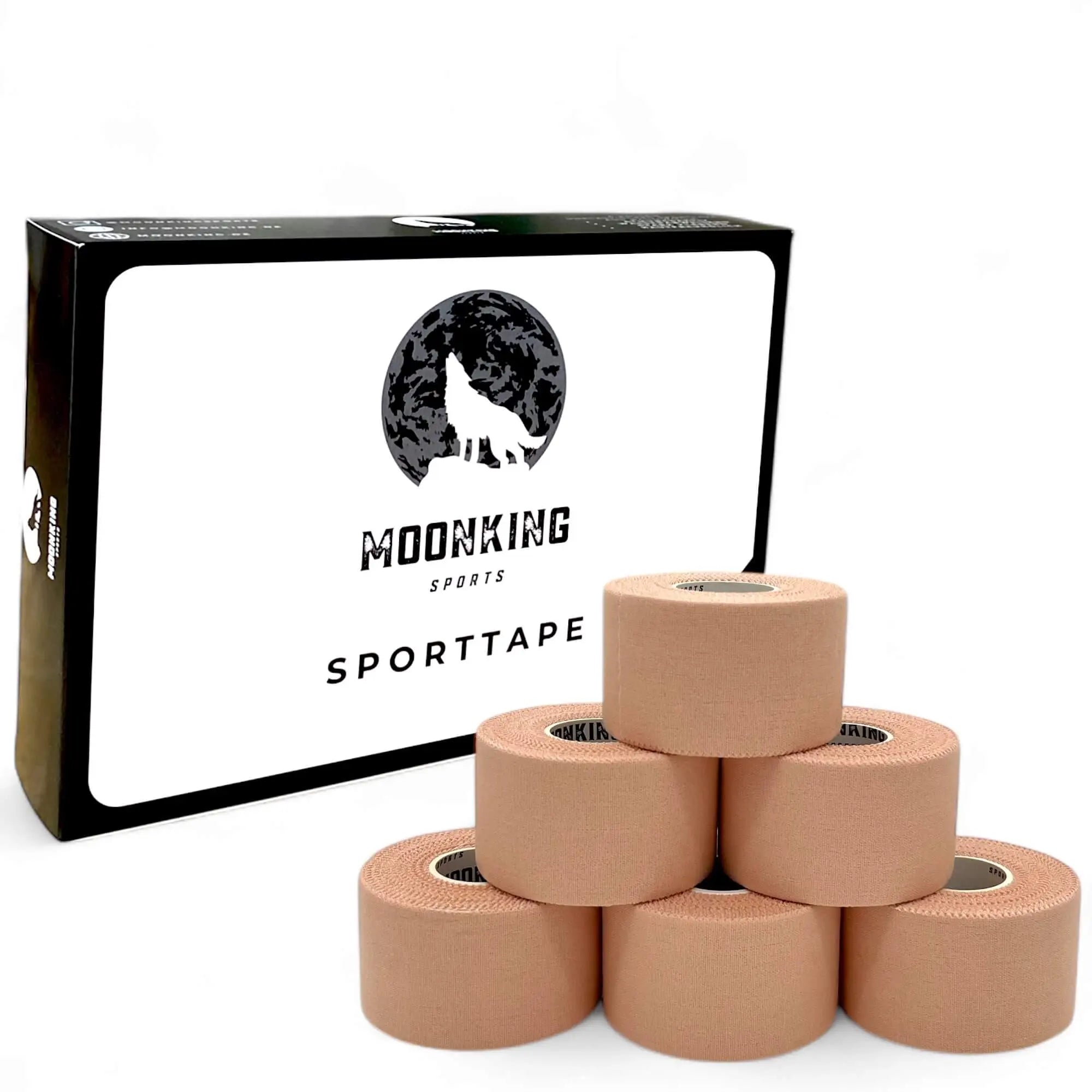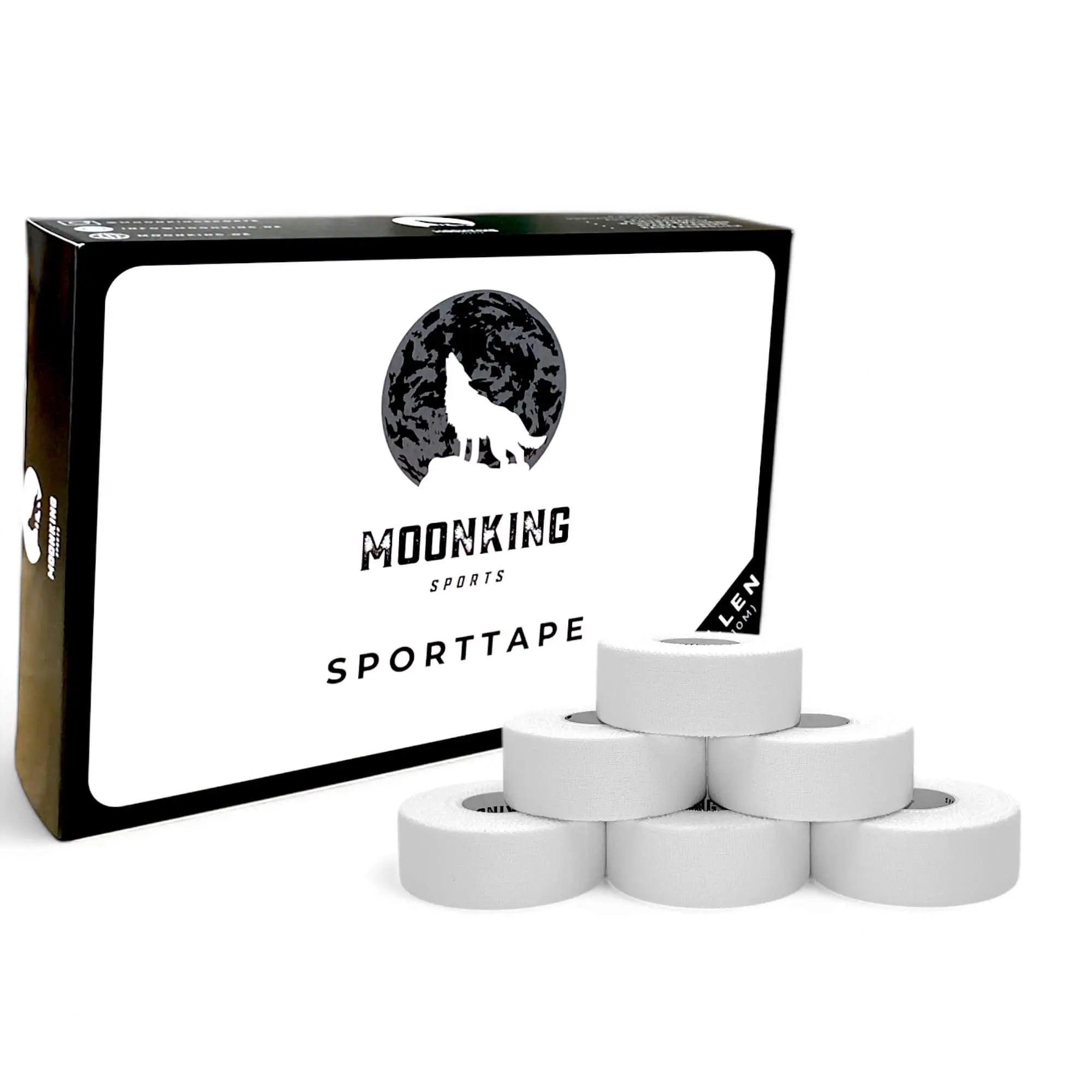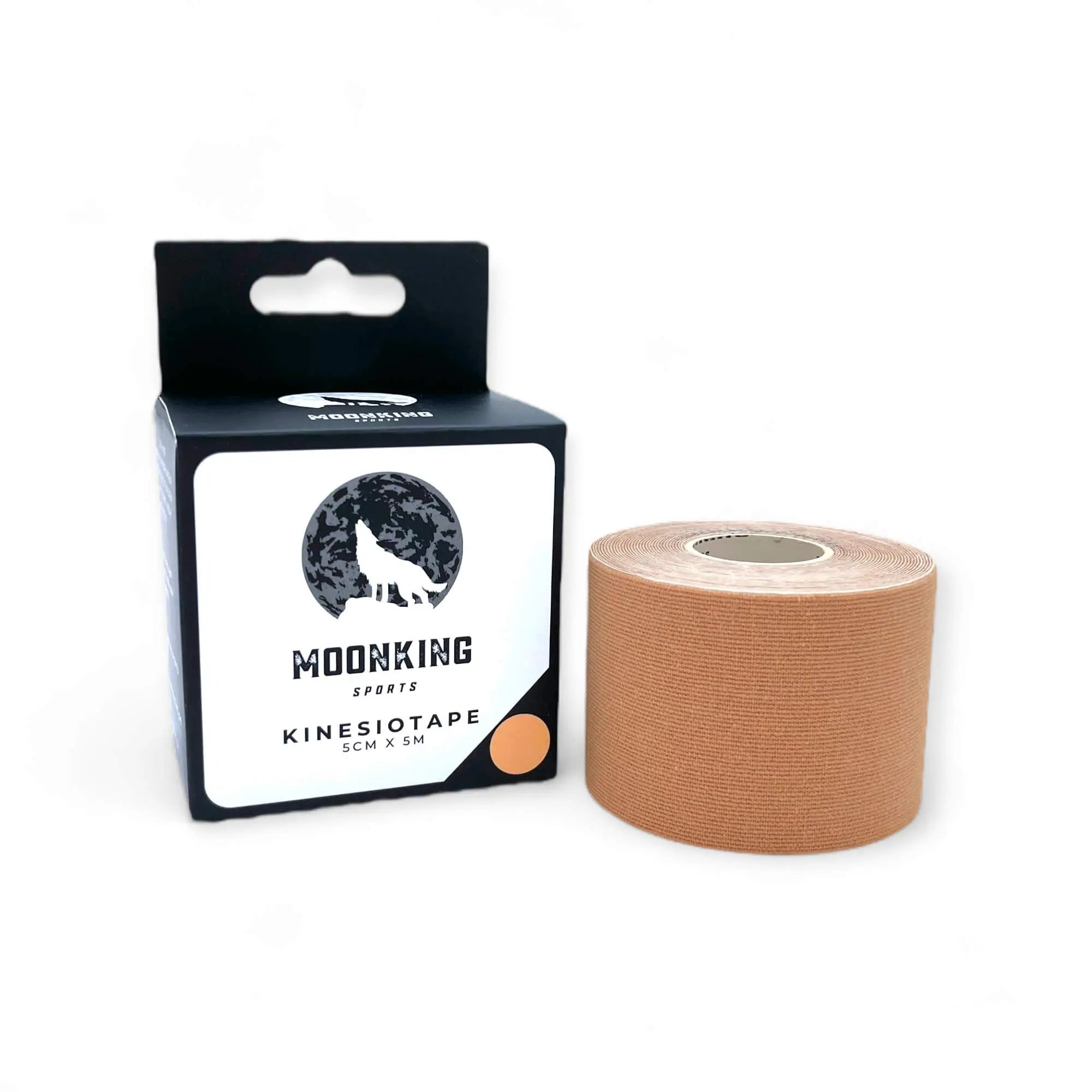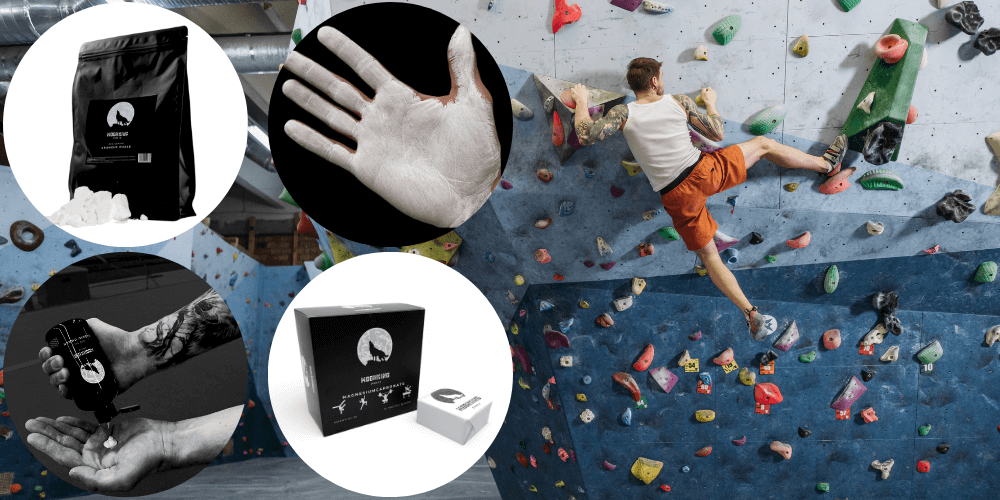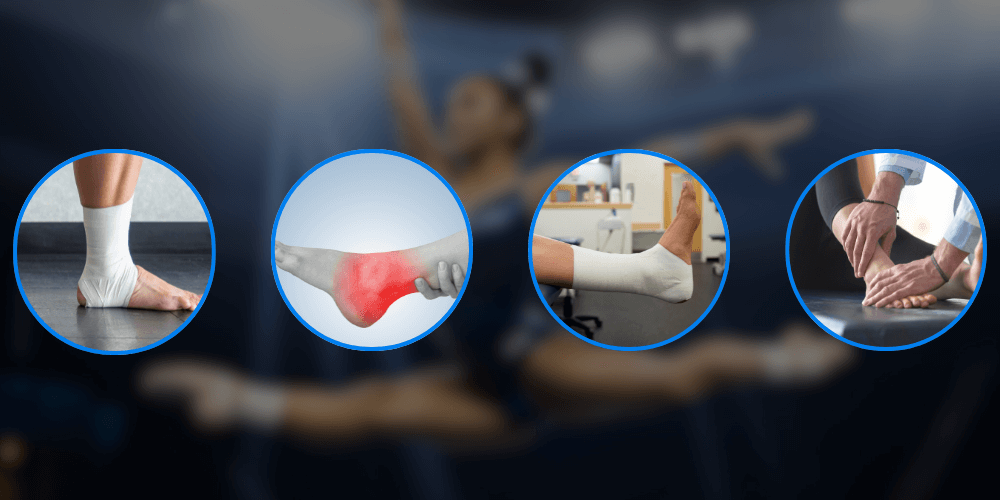Kinesio tape vs. sports tape: Which tape is right for you?
Have you ever wondered what the difference is between kinesiology tape and sports tape? Both taping methods are used in sports and therapy – but they have different properties, functions, and areas of application. In this article, you'll learn everything you need to know to choose the ideal tape for your needs. We'll discuss how both tapes work, their advantages, and typical applications, as well as provide valuable tips for safe and effective use.
What is kinesiology tape?
Kinesio tape , also known as kinesiology tape, is an elastic tape designed to support your body's natural movement. It is typically made of cotton and a special, skin-friendly acrylic adhesive. Thanks to its high elasticity, the tape adapts perfectly to your skin without restricting your freedom of movement. Kinesio tape is primarily used in physiotherapy, as it aims to activate the body's own self-healing powers and promote the healing process.
How does kinesiotape work?
The effectiveness of kinesiology tape has been the subject of numerous studies. Some of the most frequently cited effects are:
- Stimulation of lymphatic transport: The tape lifts the skin slightly, which improves lymphatic flow and reduces swelling and edema.
- Pain relief: Mechanical stimulation of skin receptors improves proprioception, which can reduce pain and relieve muscle tension.
- Promotes movement: Kinesiotape supports your natural movement patterns, leading to improved joint function and coordination.
Typical applications of Kinesiotape
- Sports injuries: e.g. sprains, muscle strains or bruises.
- Back pain: Relief from tension or lumbago.
- Joint problems: Support for osteoarthritis or arthritis.
- Lymphatic congestion: Especially after surgery or injury, to improve the drainage of fluids.
What is sports tape?
Sports tape is a non-elastic tape primarily used to stabilize joints and muscles. It is made of either cotton or synthetic materials and has a strong adhesive strength that allows for secure fixation. Sports tape specifically restricts movement to treat or prevent injuries and is often used in preventative measures in sports.
How does sports tape work?
Sports tape works primarily through mechanical support:
- Stabilization: The tape limits unwanted movements and supports injured or overstressed joints and muscles.
- Relief: The firm fixation relieves pressure on the affected tissue, which reduces pain and supports the healing process.
- Improved proprioception: Sports tape can also improve body awareness by providing feedback about joint position, thus reducing the risk of injury.
Typical applications of sports tape
- Acute sports injuries: e.g. ligament tears, meniscus damage or shoulder dislocations.
- Overuse symptoms: Such as tennis elbow or golfer’s elbow.
- Prevention: To specifically prevent sprains or other injuries.
Kinesiotape vs. sports tape: The comparison
Here is a detailed comparison that will help you see the differences at a glance:
| feature | Kinesio tape | Sports tape |
|---|---|---|
| elasticity | Highly elastic – adapts to the natural movement of the skin | Non-elastic – provides firm stabilization |
| function | Supports natural movement, activates self-healing powers | Stabilizes joints and muscles, relieves injured tissue |
| Application | Sports injuries, back pain, joint problems, lymphatic congestion | Acute injuries, overuse symptoms, preventive stabilization |
| Effect | Pain relief, improvement of lymph flow, promotion of mobility | Mechanical stabilization, relief and improved proprioception |
Which tape is right for you?
The decision between kinesiology tape and sports tape depends on your individual situation. Here are some recommendations:
-
Minor injuries and movement support:
If you have a minor injury or want to support your natural movement, kinesiology tape is often the best choice. It promotes lymphatic flow, relieves pain, and allows you to remain flexible and agile. -
Strong stabilization and injury prevention:
If you want to stabilize a joint or relieve strain on overworked muscles, sports tape is more suitable. It offers firm support, which is essential, especially for acute injuries or to prevent further damage. -
Uncertainties:
If you're unsure which tape is right for you, consult a physiotherapist or doctor. Expert advice and proper tape application are crucial to treatment success.
Additional tips for optimal taping use
-
Quality:
Make sure you use high-quality tape to ensure optimal adhesion and durability. -
Skin compatibility:
Test the tape on a small area of skin before use to avoid possible allergic reactions. -
Hygiene:
Clean the skin thoroughly before applying the tape to ensure maximum adhesive strength and safe application. -
Expert guidance:
Have an experienced therapist or trainer demonstrate the correct application technique. Proper use is key to optimal effectiveness and preventing side effects. -
Regular checks:
Check the tape application regularly, especially after prolonged wear, to ensure that it is still working optimally and is not causing skin irritation.
Conclusion
Kinesio tape and sports tape are both valuable tools in the treatment and prevention of injuries. While kinesiology tape supports your natural movement and activates the body's self-healing powers, sports tape provides strong mechanical stabilization to relieve pressure and secure injured areas. Choosing the right tape can accelerate your recovery and sustainably improve your athletic performance.
Important: This text is not a substitute for professional medical advice. If you have any health concerns, you should always consult a doctor or physiotherapist.
Do you have any questions about kinesiology tape or sports tape? Let us know – we're happy to help!


